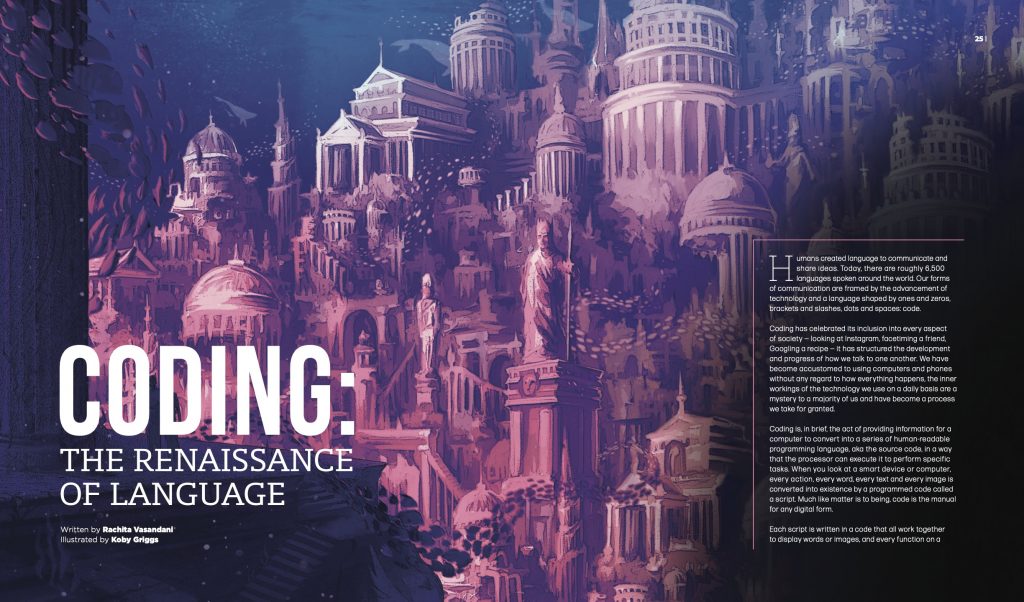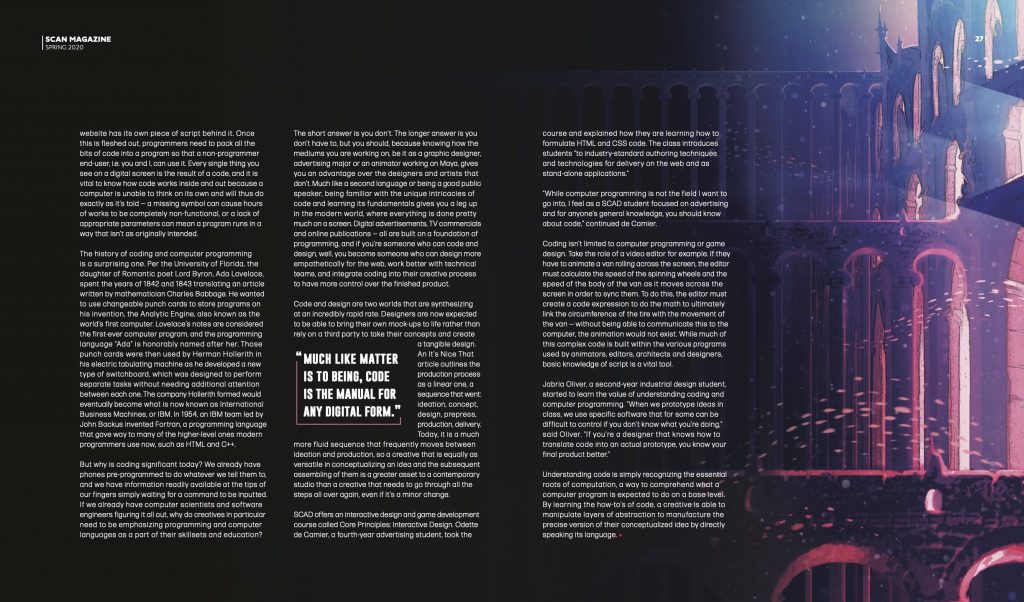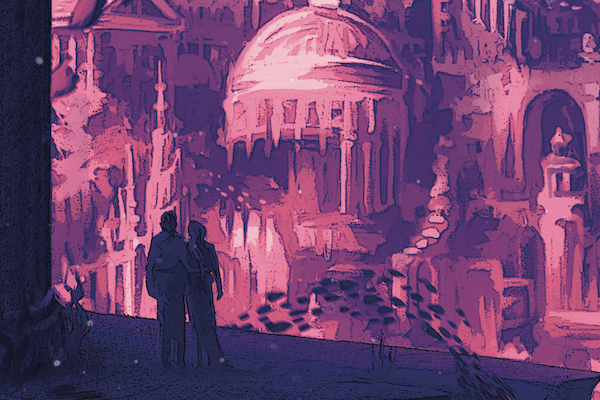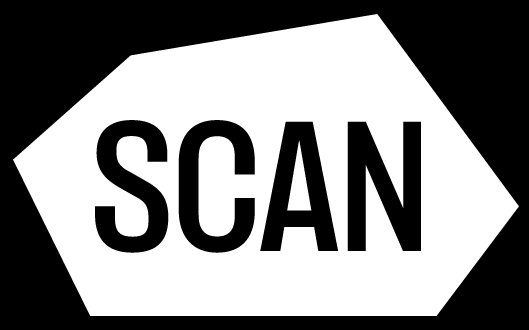WRITTEN BY RACHITA VASANDANI | ILLUSTRATED BY KOBY GRIGGS


Humans created language to communicate and share ideas. Today, there are roughly 6,500 languages spoken around the world. Our forms of communication are framed by the advancement of technology and a language shaped by ones and zeros, brackets and slashes, dots and spaces: code.
Coding has celebrated its inclusion into every aspect of society — looking at Instagram, facetiming a friend, Googling a recipe. It has structured the development and progress of how we talk to one another. We have become accustomed to using computers and phones without any regard to how everything happens, the inner workings of the technology we use on a daily basis are a mystery to a majority of us and have become a process we take for granted.
Coding is, in brief, the act of providing information for a computer to convert into a series of human-readable programming language, aka the source code, in a way that the processor can execute it to preform specific tasks. When you look at a smart device or computer, every action, every work, every text and every image is converted into existence by a programmed code called a script. Much like matter is to being, code is the manual for any digital form.
Each script is written in a code that all work together to display work or images, and every function on a website has its own piece of script behind it. Once this is fleshed out, programmers need to pack all of the bits of code into a program so that a non-programmer end-user, i.e. you and I, can use it. Every single thing you see on a digital screen is the result of code, and it is vital to know how code works inside and out because a computer is unable to think on its own and will thus do exactly as it’s told — a missing symbol can cause hours of works to be completely non-functional, or a lack of appropriate parameters can mean a program runs in a way that isn’t as originally intended.

